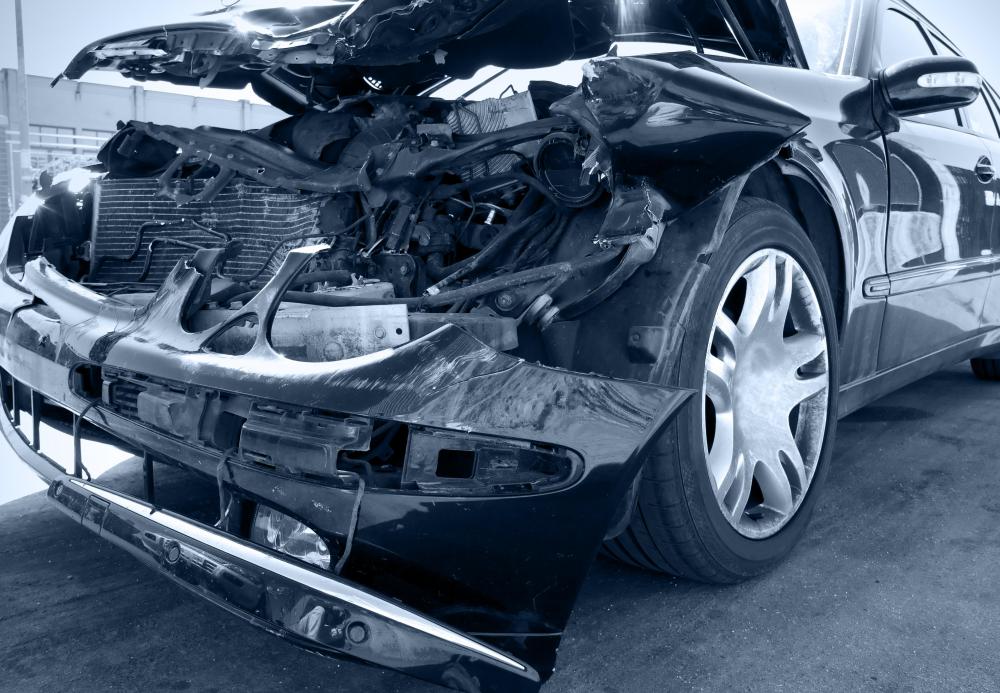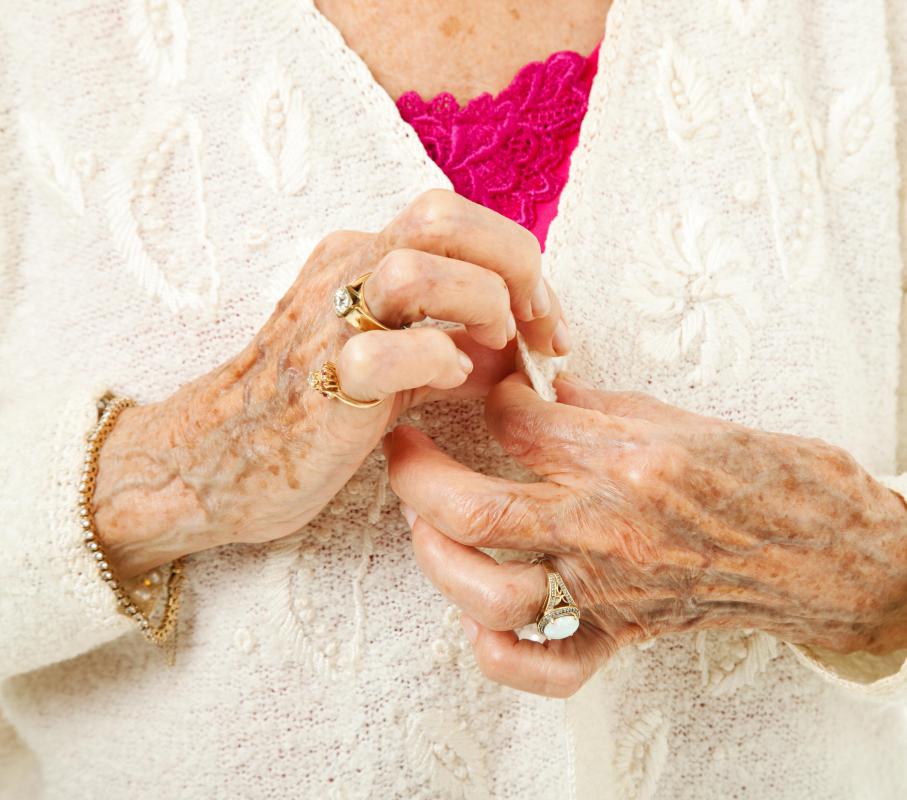At TheHealthBoard, we're committed to delivering accurate, trustworthy information. Our expert-authored content is rigorously fact-checked and sourced from credible authorities. Discover how we uphold the highest standards in providing you with reliable knowledge.
What Are the Common Causes of Acromioclavicular Pain?
Acromioclavicular pain describes pain felt at or around the acromioclavicular (AC) joint, the site on the front of the shoulder where the clavicle articulates with the scapula — that is, where the collarbone forms a joint with the shoulder blade. While there is not a large amount of movement between these two bones, some gliding and rotating of the bones against each other is necessary to allow the raising of the arms above the head. As with any movable joint, the AC joint can incur injury, such as a dislocation caused by an abrupt trauma or inflammatory condition caused by frequent and repetitive shoulder movement over time. Common causes of acromioclavicular pain include a dislocation of the AC joint or fracture of the bones in the joint, damage to the ligaments surrounding the joint, joint inflammation as a consequence of overuse, or arthritis, a condition characterized by the wearing of the joint cartilage.
The bones of the acromioclavicular joint include the clavicle, or collarbone, a narrow bone several inches in length that laterally spans the top of the chest, and the acromion process of the scapula or shoulder blade. This is a curved piece of bone that projects from the back side of the shoulder blade at an angle, directing toward the shoulder before curling forward over the top of the scapula. The acromion process sits directly above the glenohumeral or shoulder joint, the place where the arm bone meets the shoulder blade; the AC joint is found between the inside aspect of the acromion and the outside end of the collarbone on the front side of the shoulder. Directly between the bones is a layer of fibrocartilage for padding, while the adjacent ends of the bones are covered by ligaments crossing the joint.

Acromioclavicular pain can be brought on abruptly, as by a sudden injury, or over time as a consequence of a chronic injury or disease. Athletes who play contact sports may be especially susceptible to traumatic AC joint injury, which can be caused by a collision or fall. One common injury to this site is dislocation of the collarbone from the acromion process, in which the clavicle is displaced from its articulating surface on the acromion. When this happens, the acromioclavicular (AC) ligament crossing the joint and the coracoclavicular (CC) ligament joining the acromion process to the nearby coracoid process may be strained or ruptured. In severe cases, muscles like the deltoid and trapezius that attach to these bones may tear away or sustain other damage.

While an abrupt trauma can cause severe acromioclavicular pain, less traumatic joint injuries can become quite painful as well. Individuals who lift weights frequently and athletes who repetitively lift their arms in the air, such as basketball and volleyball players, are especially prone to pain stemming from overuse injuries. A common form of this injury is shoulder impingement syndrome, in which the muscle tendon running beneath the AC joint and over the top of the shoulder becomes inflamed, swells, and rubs against the underside of the acromion process. This results not only in the painful wear and tear of the tendon but the development of bone spurs, bony outgrowths between the bone and tendon that narrow the space and increase friction between tendon and bone. Such pain can be difficult to eliminate without avoiding the motions that led to the impingement of the tendon in the first place.

Chronic disease is yet another common cause of acromioclavicular pain, with AC arthritis the most prevalent. Arthritis is brought on over time and with wear and tear, and it is more common in persons who have previously sustained a joint injury. This disease involves the gradual degeneration of the tissues within the joint, namely the cartilage protecting the bones from rubbing against each other. Like the joint pain caused by other conditions, AC joint arthritis pain is felt as pain right at the joint site that flares up when the arm is moved in the shoulder joint, pain that may be eased by applying ice and taking non-steroidal anti-inflammatory (NSAID) medication. Unlike other sources of acromioclavicular pain, however, arthritis pain may also be eased by light movements of the shoulder joint.
AS FEATURED ON:
AS FEATURED ON:
















Discuss this Article
Post your comments